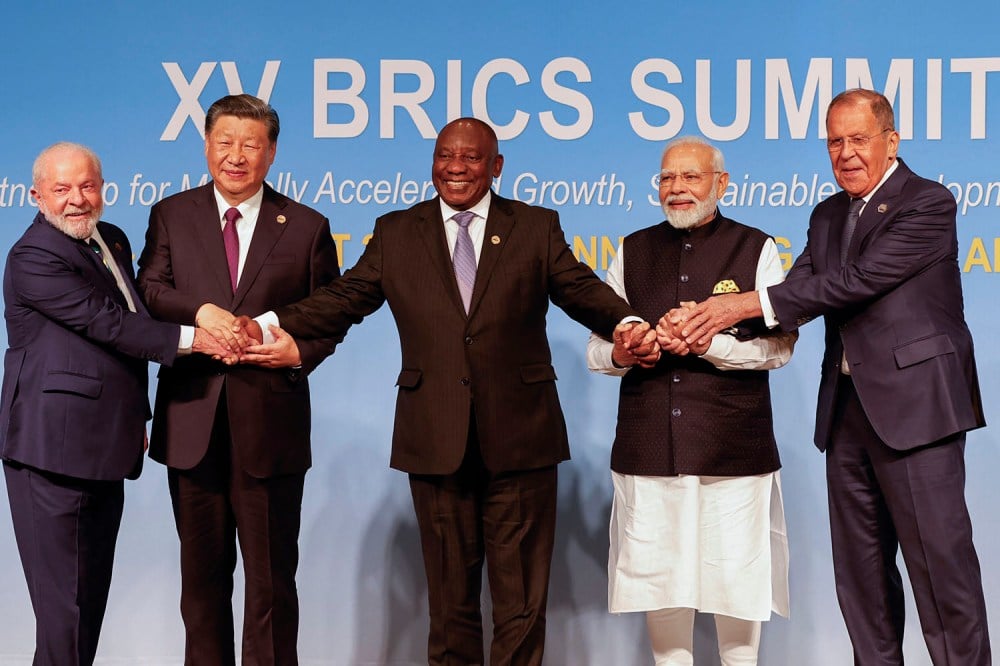BRICS, the coalition of emerging economies that now represents more than half of the world’s population, was in U.S. President Donald Trump’s crosshairs last week. Among other threats, he warned of an additional 10 percent tariff on any country “aligning [itself] with the Anti-American policies of BRICS.”
BRICS, which held its annual leaders’ summit on July 6-7, has become a bugbear of Trump as the group has rapidly expanded from its original conception as Brazil, Russia, India, China, and South Africa. Although Brazil, the summit’s host, attempted to focus on less contentious issues, such as climate and development, the convening still managed to draw Washington’s ire.
Analysts have spoken of BRICS in recent years as a rising counterweight to the U.S.-led order, but, Oliver Stuenkel writes, the “geopolitical uncertainty Trump is causing for BRICS may already be working to his advantage.” This edition of the Reading List considers the current state of the bloc and how it might survive in the Trump era.
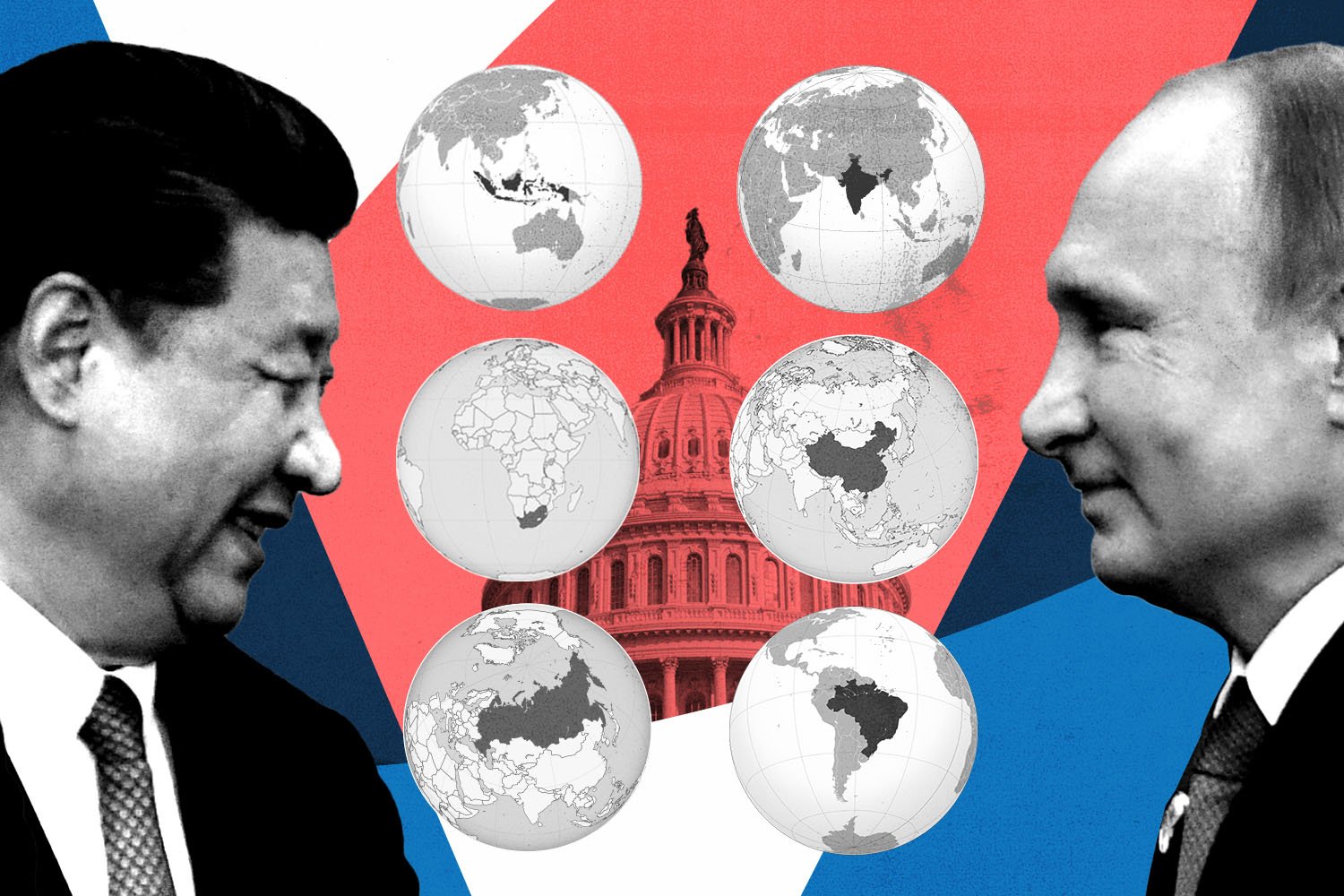
How BRICS Can Survive ‘America First’
Successes are still quite limited, but the grouping has the potential to shape a new international order, Sarang Shidore writes.
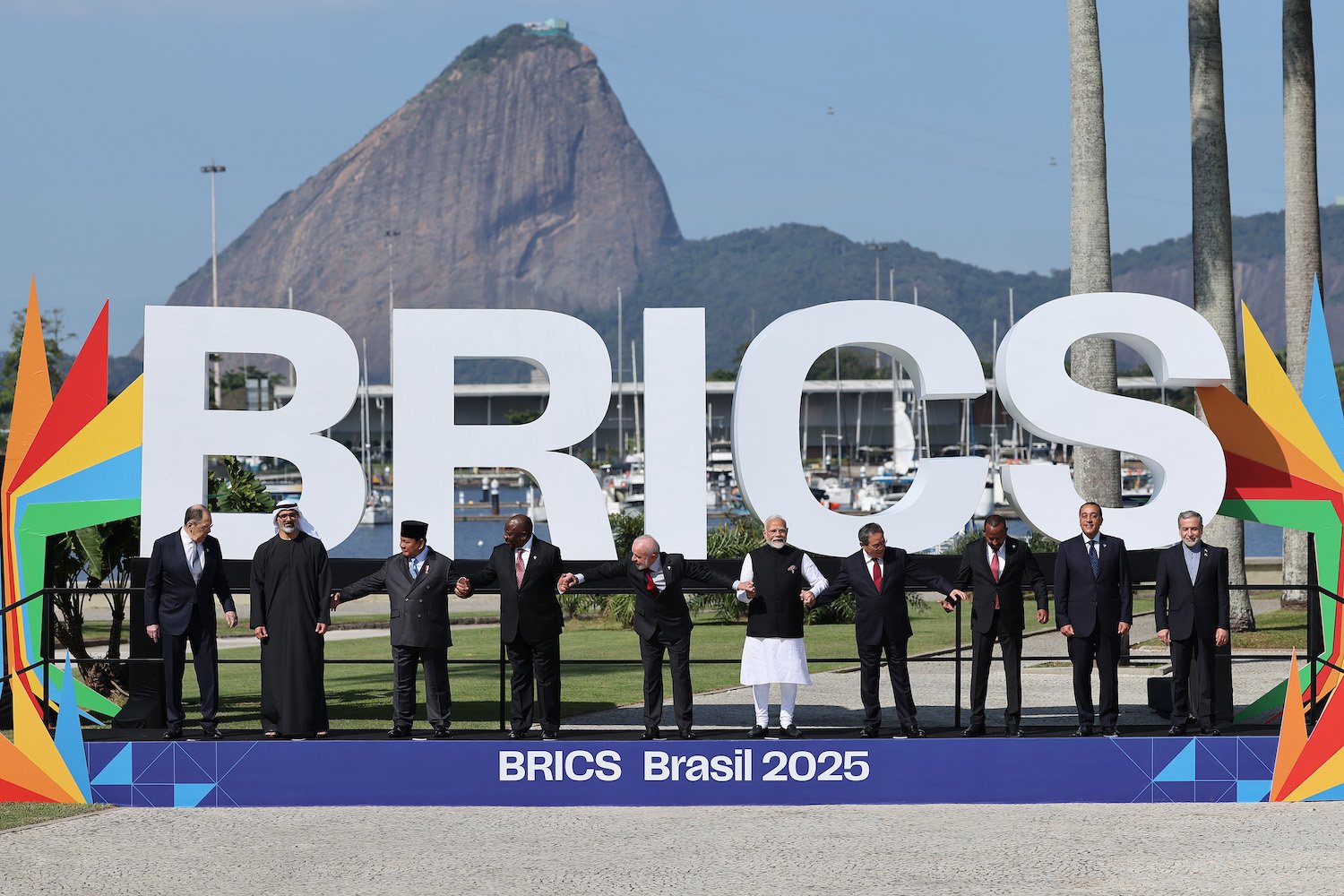
In Rio, BRICS Tries to Play it Safe
The summit’s focus on economic development and climate still managed to provoke threats from Trump, Oliver Stuenkel writes.
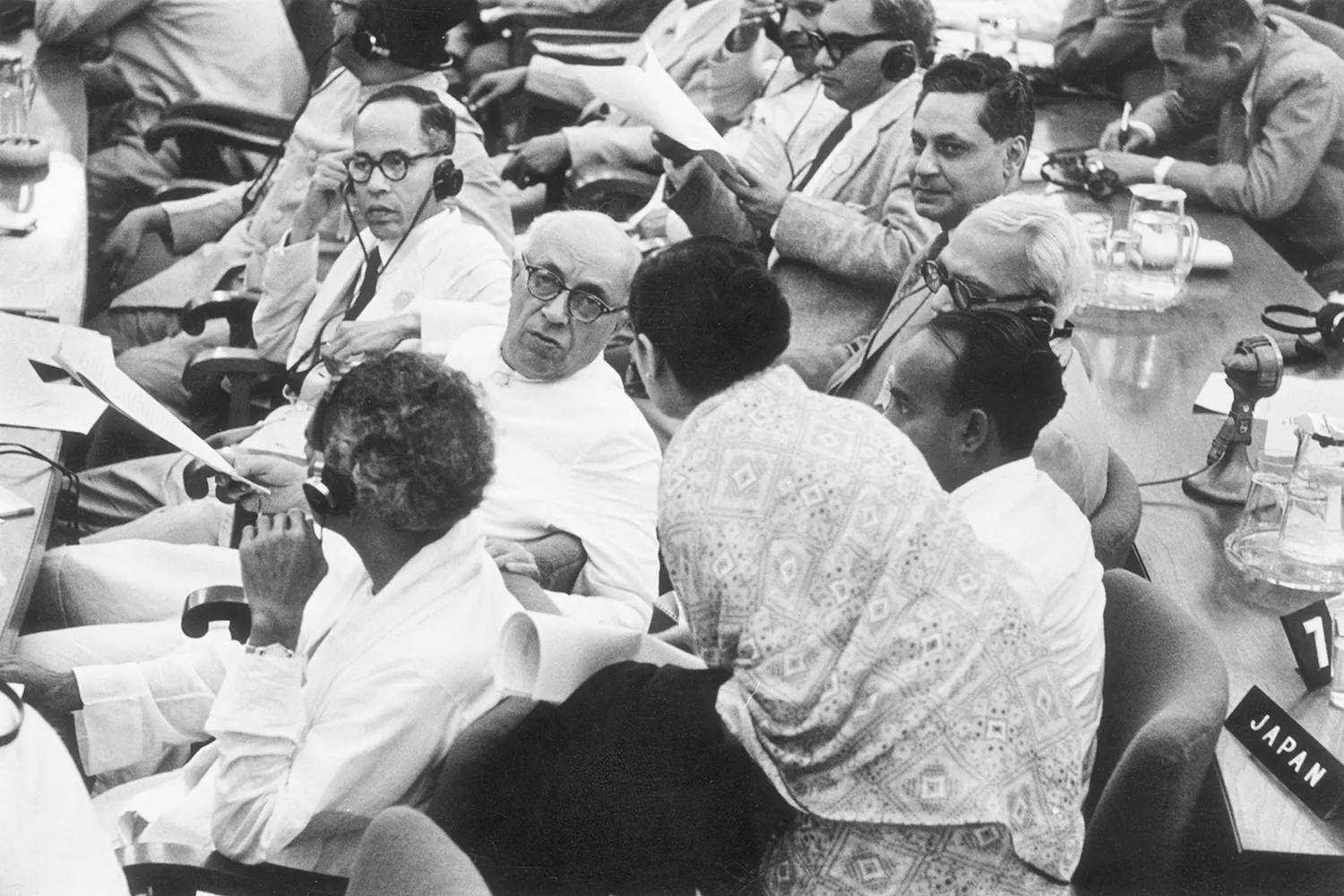
Bring Back the Spirit of Bandung
The 1955 conference’s value-based approach to international affairs offers a model for middle powers today, Galip Dalay, Faisal Devji, and Nathalie Tocci write.
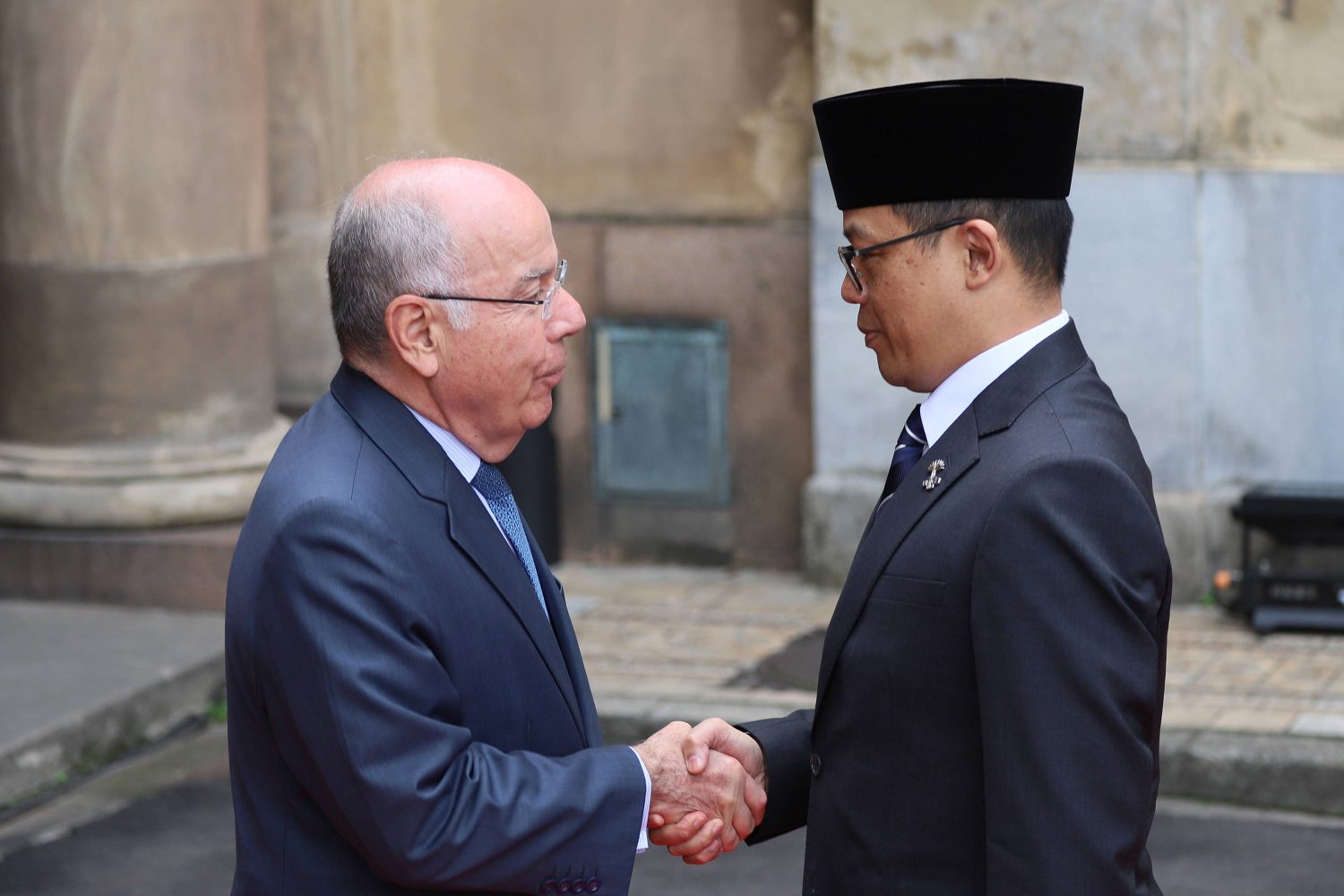
Why Southeast Asia Is Flocking to BRICS
The expanding bloc has become a hedge against future geopolitical shifts, Derek Grossman writes.
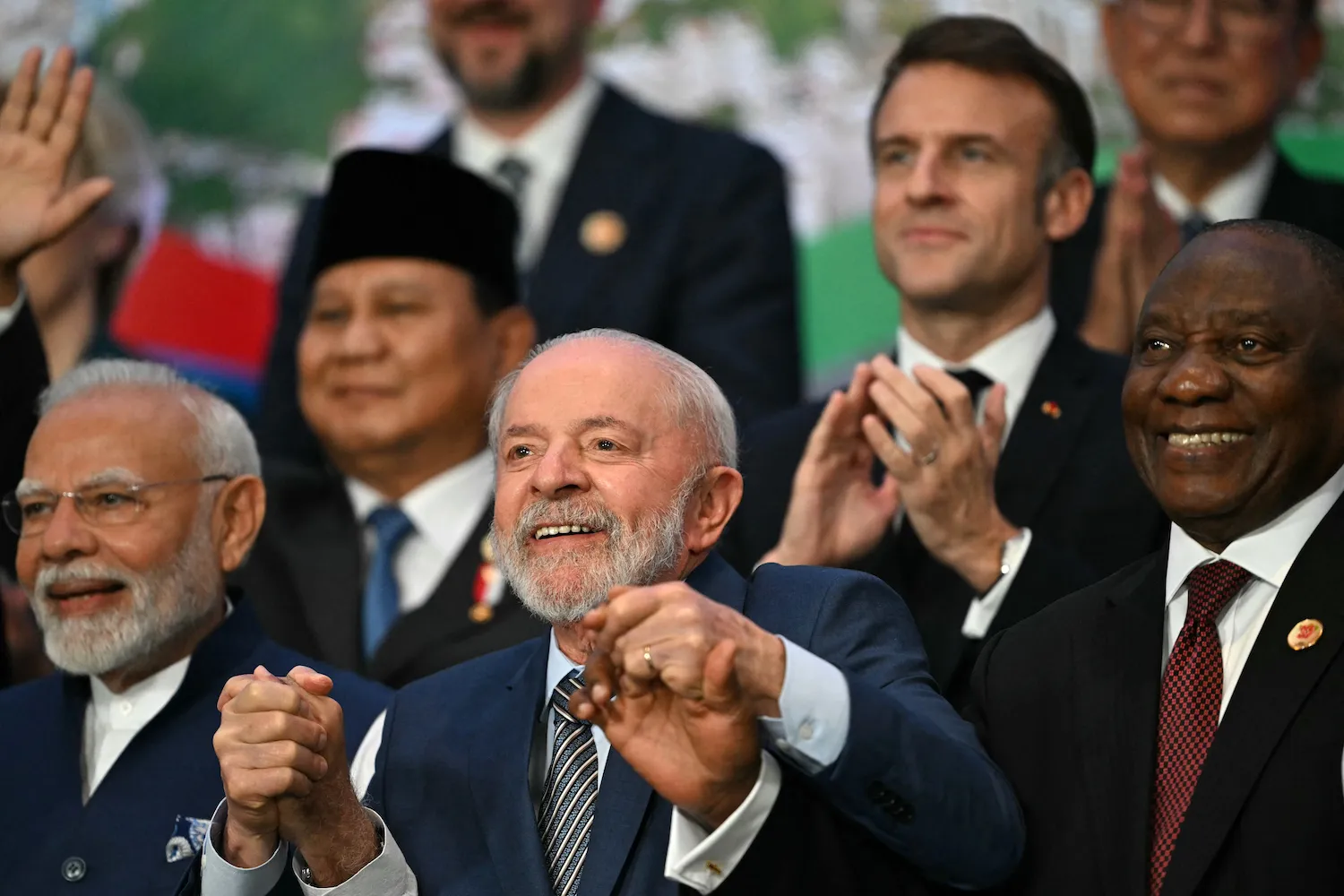
BRICS Democracies Are Losing Leverage
To increase their bargaining power, Brazil, India, and South Africa should resurrect a dormant diplomatic forum, Oliver Stuenkel writes.
The post Trump vs. BRICS appeared first on Foreign Policy.
